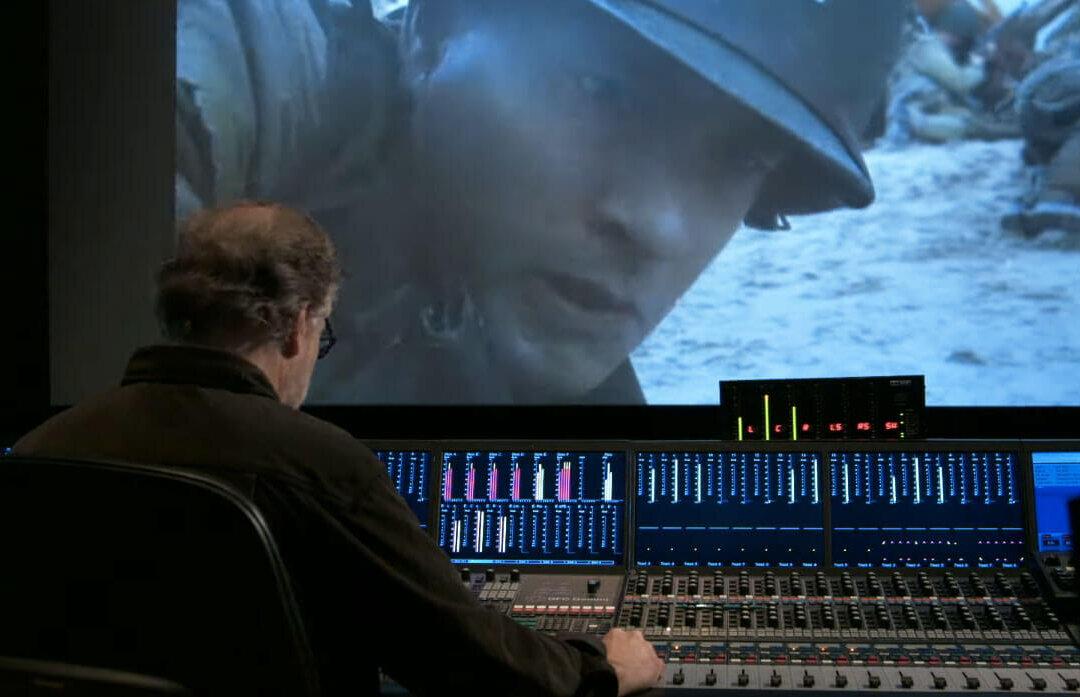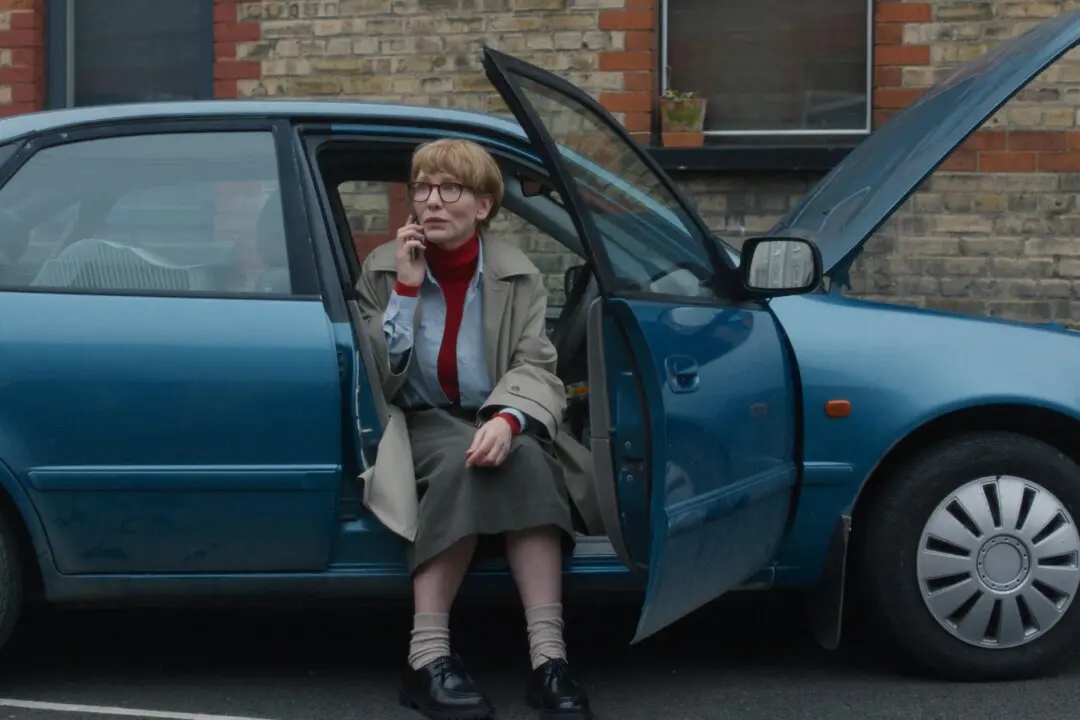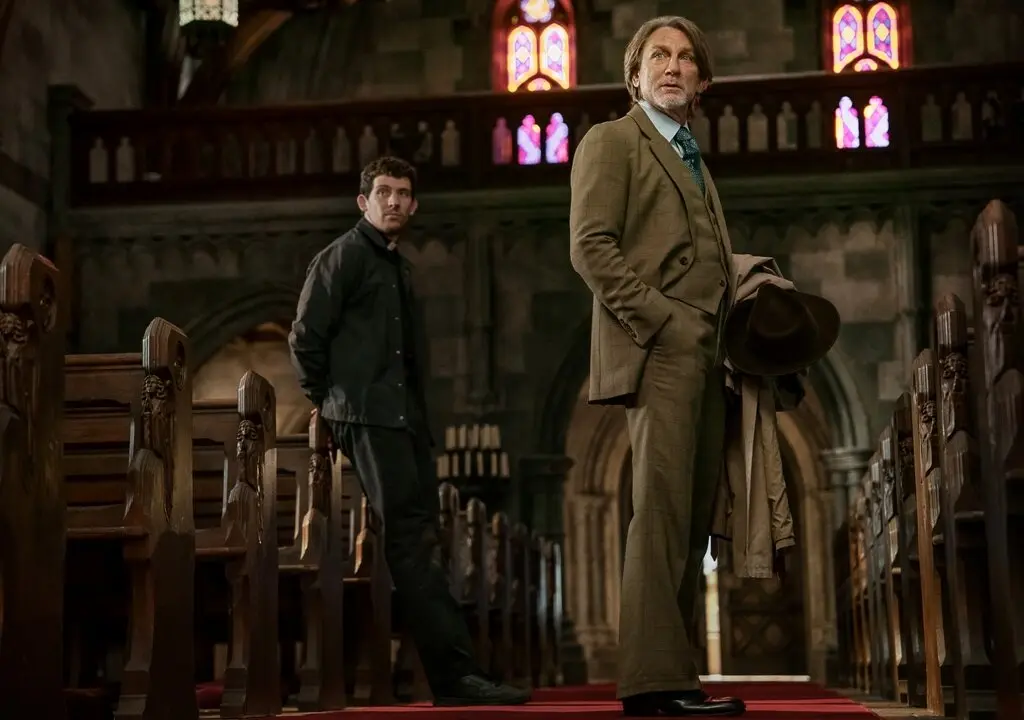NR | 1h 35m | Documentary, Film History | 2019
The opening scene in “Making Waves: The Art of Cinematic Sound” (“Making Waves”) is of animated clips of sound waves accompanied by a voice-over from Walter Murch: “Before you were born, there was darkness. Sound is the first sense that got plugged in.” This could explain why many expecting parents play classical music within earshot of their child while in the womb.






